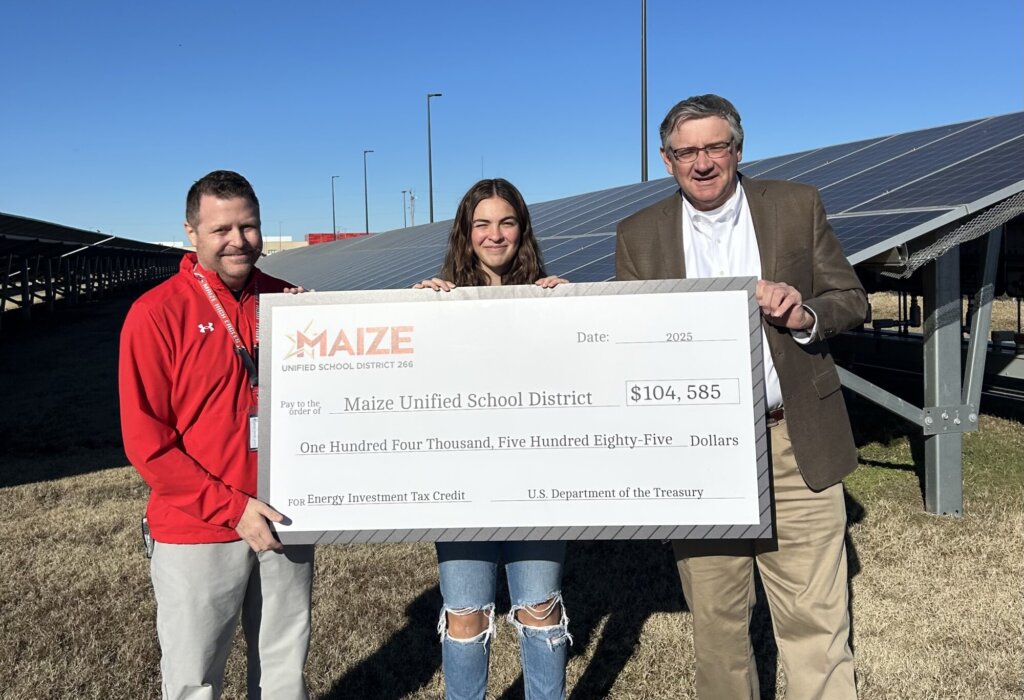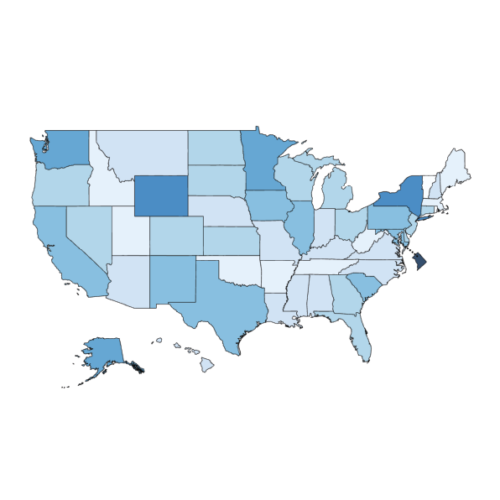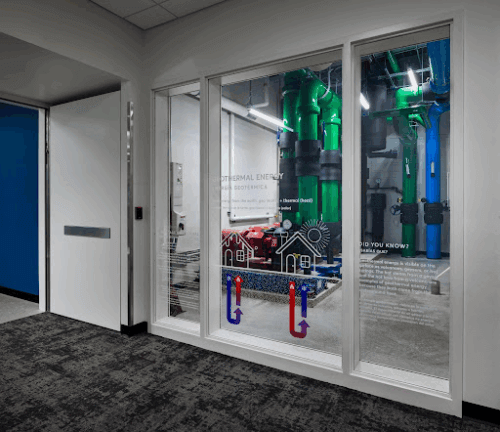- Home
- Blog Posts
- Energy Tax Credits for Schools: What Education Leaders Need to Know
Energy Tax Credits for Schools: What Education Leaders Need to Know
Written by UndauntedK12,
In January 2025, Jefferson County Public Schools (JCPS) in Kentucky received $1.8 million in federal funding to install ground-source heat pumps at two new schools. These systems will improve indoor air quality, cool down classrooms, and cut energy costs – freeing up funds for teacher salaries and classroom materials.
JCPS is one of hundreds of schools benefiting from Elective Pay, a federal funding mechanism that lets tax-exempt entities receive tax credits as cash reimbursements. This helps schools make facilities improvements that lower utility bills and provide healthier learning environments.
Recent changes to federal energy tax credits have introduced new rules and deadlines for solar energy projects, storage projects, electric school buses, and EV chargers. However, the credit for ground-source heat pumps remains unchanged, offering a valuable opportunity for schools to improve classroom environments. Funding is still available – but to access it, districts must understand the new guidelines and act strategically.
Where Opportunity Lies: Ground-Source Heat Pump Tax Credit
Ground-source heat pumps (GSHPs) are a cost-saving, clean alternative to legacy heating and cooling systems. They keep classrooms cooler, reduce energy costs, and lower air pollution. By claiming the Investment Tax Credit (Section 48), school districts can be reimbursed for up to 50% of project costs.
The July 2025 law made no changes to the Section 48 tax credit or available bonus credits. This tax credit is available for projects that commence construction by December 31, 2034.

Education leaders interested in ground-source heat pumps should visit UndauntedK12’s webpage, Ground-Source Heat Pumps: Full Speed Ahead, to learn more about how GSHPs work, their benefits, and how to claim the Section 48 credit. This includes UndauntedK12 and RMI’s HVAC Choices for Student Health and Learning report, a non-technical guide for school district leaders. Education leaders can also check out case studies that show how districts are already benefiting from this technology, including Jefferson County Public Schools.
“This funding allows us to lead by example in building healthy, energy-conscious spaces for future generations,” said Susan Biasiolli, Executive Director, Facility Planning, Design and Construction at Jefferson County Public Schools. “Sustainability is more than just cost savings—it’s about creating a better learning environment for our students.”
With a nearly decade-long window and federal support, now is the time for school leaders to incorporate GSHPs into facility upgrades and save significantly on energy costs.
New Rules & Tighter Timelines for Solar and Storage Tax Credits
By lowering energy costs and increasing the supply of clean electricity to the grid, solar has transformed how schools nationwide consume energy. Through the Clean Electricity Investment Credit (Section 48E), schools can be reimbursed for solar, energy storage, and thermal storage projects.

What changed?
- Solar projects have a shorter timeline to claim Section 48E. In general, solar projects must be placed into service by December 31, 2027 to be eligible to claim the credit.
- The timeline for thermal and energy storage projects to claim Section 48E has not changed.
- Solar, energy storage, and thermal storage projects claiming Section 48E are subject to new Prohibited Foreign Entity (PFE) rules.
Prohibited Foreign Entity Rules
Projects claiming Section 48E are now subject to Prohibited Foreign Entity (PFE) rules, which aim to prevent federal funds from flowing to countries of national concern. These rules apply three tests – entity-level, material restrictions, and payments tests. These evaluate who has influence within the entity claiming the credit, from what countries project components were sourced, and any contracts that confer any amount of control over the clean energy project. These new rules introduce significant new complexity for schools, as they address not only the sourcing of materials used in the storage project but also other transactions to which school districts are a party, such as municipal debt issuances and licensing agreements.
To help school leaders navigate these changes, UndauntedK12’s webpage, Solar & Storage: A New & Challenging Landscape, shares more about the Section 48E credit, its changes, and resources that help education leaders maximize reimbursement. Leaders can also find resources explaining the PFE rules for school districts, including the Budget Reconciliation and Energy Tax Credits video and slides.
With a narrowing window and new rules, schools can still benefit from solar and storage, but should proceed with caution and seek out support from tax and legal professionals.
Plan Now to Claim EV Charging Tax Credit
Electric vehicles and EV chargers help school districts cut fuel and maintenance costs while reducing air pollution and creating healthier environments for students. Through the Alternative Fuel Vehicle Refueling Property Credit (Section 30C), schools can still be reimbursed up to $100,000 for qualifying EV charging equipment.
What changed?
- Electric vehicle charging equipment must be placed into service at eligible locations by June 30, 2026 to claim the credit.
- The Commercial Clean Vehicle Credit (Section 45W) is no longer available for vehicles acquired after September 30, 2025. This credit offered up to $40,000 per electric vehicle.
Education leaders can visit UndauntedK12’s webpage, Electric Transportation: Take Advantage Now, for up-to-date information and resources about these tax credits.
While the federal tax credit for electric vehicles has ended, there is still time for schools to plan and secure savings on EV chargers.
What Education Leaders Should Do Now
Federal funding for facilities upgrades in schools is still available – but the landscape has changed. School leaders should take these steps to maximize these transformative incentives.
- District leaders pursuing energy tax credits for current and future projects should:
- Understand the effective dates for the credits that the school district is pursuing,
- Understand how your current construction timeline relates to those dates,
- and explore opportunities to meet the “commence construction” milestone for projects with construction and tax partners.
- District leaders should explore the opportunity for ground-source heat pump projects, which are highly beneficial and have a longer eligibility window for tax credits.
- District leaders should seek professional support – via private sector partners – to move quickly and strategically on solar and storage projects, which now require navigating new Prohibited Foreign Entity rules.
- District leaders should ensure they are aware of the process to claim credits for completed projects, which includes registering with the IRS before filing. Although the tax credits may be affected, the operational process of Elective Pay has not changed. Learn more at IRS’ Elective Pay webpage.
For further reading, explore UndauntedK12’s Energy Tax Credit for Schools Hub, which provides up-to-date information and resources to learn about these tax credits and make the most of this opportunity.



